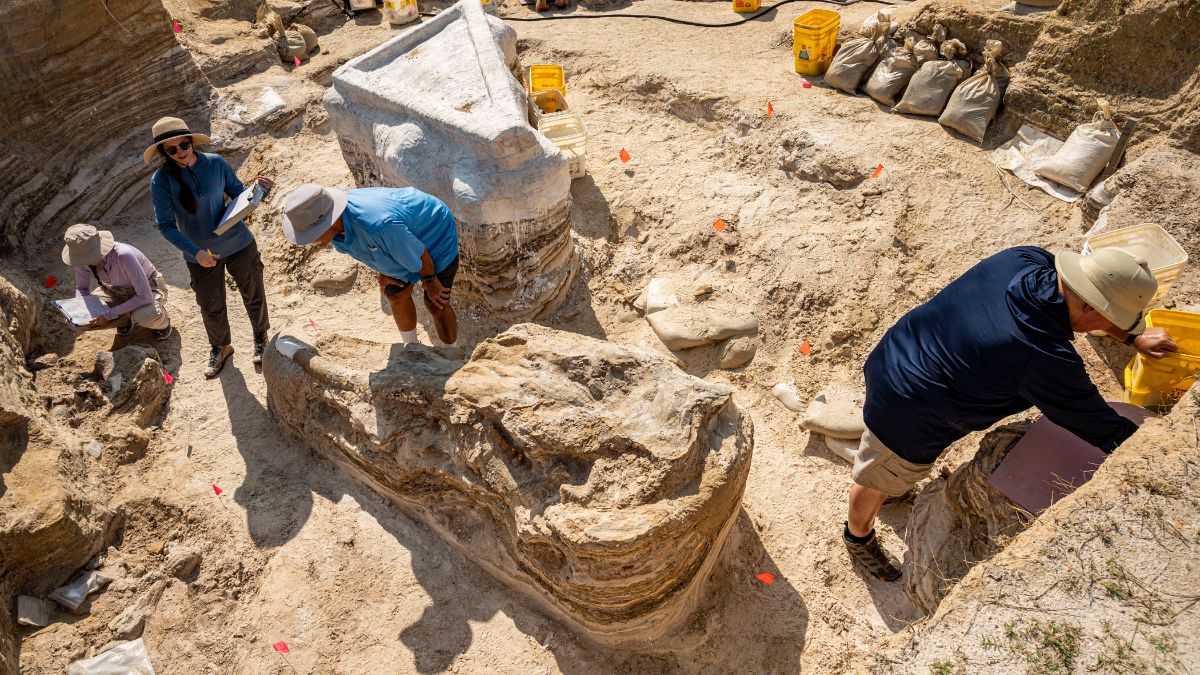We are familiar with the modern-day elephants who have inhibited the African savannah and parts of Asia. However, do you know about their ancestors? Before elephants, there was a group of gomphotheres spread across Europe and the American continents. However, about five and a half million years ago, they became extinct. A group of palaeontologists found their skeletons in Northern Florida. Here are the details of the elephant graveyard found by scientists!
Scientists Found An Elephant Graveyard In Northern Florida
According to the palaeontologists, a group of elephant ancestors ‘gomphotheres ’ died near a river in Northern Florida. Though the river is no more, the fossils it left behind have given them a comprehensive insight into life in prehistoric Florida. Last year, at the Montbrook Fossil Dig, volunteers and scientists started digging up gomphotheres in what is probably a record-breaking find.
According to Jonathan Bloch, curator at the Florida Museum of Natural History, this is a rare find and is the most complete gomphothere skeleton from that time. Early in the spring of 2022, his crew found pieces of a gomphothere skeleton. There was no reason to think this was unusual because isolated gomphothere bones have been discovered at Montbrook in the past.
Also Read: Apart From Exploring The Ancient Architecture, Here Are 3 Things To Do At Red Fort!
But a few days later, a local volunteer, who was digging, discovered an enormous object’s articulated foot.
Fossil Bed Finally Discovered!
Eddie Hodge alerted researchers from the Florida Museum in 2015 about fossils he had found on his property. Excavation begun at Montbrook, where fine sands and compacted clays produced a layer cake of fossils that was nine feet deep in some spots.
The fossil beds are 30 miles inland from the Gulf of Mexico, but back when the bones were laid down in the late Miocene when temperatures and sea levels were greater than they are now, the region was much closer to the water. As a result, freshwater and saltwater fish, turtles, alligators, and burrowing prawns are enclosed next to the remains of camels, rhinoceroses, and llamas.
Also Read: Archaeologists Discover 417 Ancient Mayan Cities Interconnected By Superhighways In A Remote Jungle
Additionally, fossils of even older marine creatures, like sharks, are occasionally discovered because the limestone the ancient river cut through was formed when Florida was a shallow, sea platform.
Cover Image Courtesy: Florida Museum/ Website

